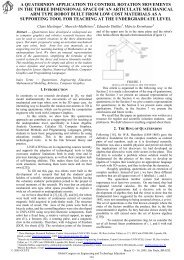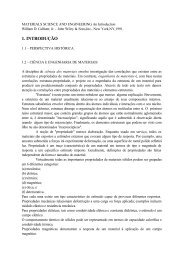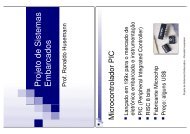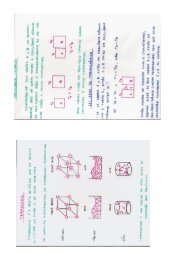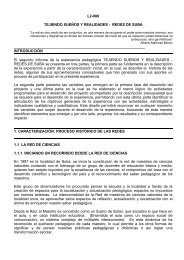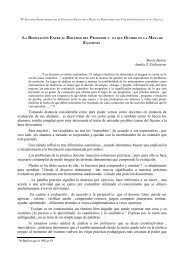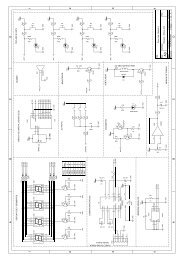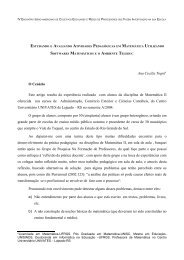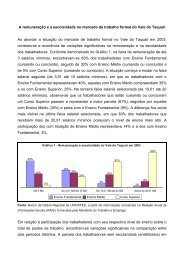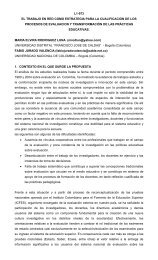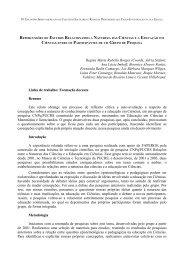âR. âR,
âR. âR,
âR. âR,
Create successful ePaper yourself
Turn your PDF publications into a flip-book with our unique Google optimized e-Paper software.
242 J. Vukman<br />
Right multiplication of (25) by T (x) gives<br />
(27) x[T (x);x]yx 2 T (x) =0; x; y 2 R:<br />
Subtracting (27) from (26) we obtain x[T (x);x]y[T (x);x 2 ] =0,x; y 2 R which<br />
can be written in the form<br />
x[T (x);x]y([T (x);x]x + x[T (x);x]) = 0; x; y 2 R:<br />
According to (9) one can replace [T (x);x]x in the relation above by x[T (x);x],<br />
which gives x[T (x);x]yx[T (x);x] = 0, x; y 2 R, whence relation (24) follows.<br />
From (9) and (24) it follows that<br />
[T (x);x]x =0; x 2 R:<br />
From the above relation one obtains (see how relation (20) was obtained from (9))<br />
[T (x);x]y +[T (x);y]x +[T (y);x]x =0; x; y 2 R:<br />
Right multiplication of the above relation by [T (x);x] gives because of (24)<br />
[T (x);x]y[T (x);x]=0; x; y 2 R;<br />
which implies (8). Our next task is to prove the relation<br />
(28) T (xy + yx) =T (y)x + xT (y); x; y 2 R:<br />
In order to prove the above relation we need the relations below<br />
(29)<br />
(30)<br />
xA(x; y)x =0; x; y 2 R;<br />
[A(x; y);x]=0; x; y 2 R;<br />
where A(x; y) stands for T (xy + yx) , T (y)x , xT (y). Let us rst prove relation<br />
(29). The substitution xy + yx for y in (1) gives<br />
(31) T (x 2 yx + xyx 2 )=xT (xy + yx)x; x; y 2 R:<br />
On the other hand we obtain by putting z = x 2 in (10)<br />
(32) T (x 2 yx + xyx 2 )=xT (y)x 2 + x 2 T (y)x; x; y 2 R:<br />
By comparing (31) and (32) we arrive at (29). From (29) one obtains (see how<br />
(20) was obtained from (9))<br />
xA(x; y)z + xA(z; y)x + zA(x; y)x =0; x; y; z 2 R:



